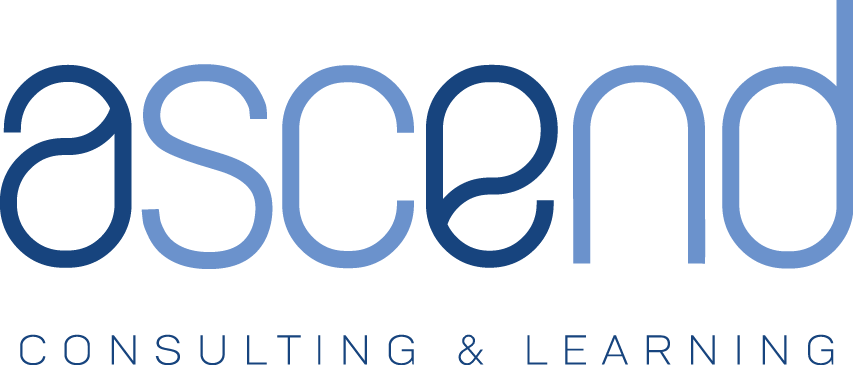You have a great idea to expand your business by adding a new service or entering into a new market segment. The first thing that you need to do is to dive into a detailed business plan, preferably starting with the financials, to show that the concept will work, right? This is standard operating procedure so we have likely all done this before. But, If you have developed a detailed business plan for adding a new business line (or a new business altogether), you have probably realized a couple things:
- By the time you are into the new venture for a couple months, everything has changed. Your detailed plan is obsolete, though it does look good on the shelf.
- When you developed the plan, you probably made a lot of stuff up. Even so, your financial projections are to the nearest dollar and are projected out five years.
- You have an itching feeling that your time would be better spent out actually testing the concept with your clients.
Realizations such as these have led to the popularization of the Lean Startup methodology developed by Eric Ries and the Business Model Canvas developed by Alexander Osterwalder and Yves Pigneur. Early in a new venture’s existence, it should concentrate more on developing and testing its business model (how it creates and captures value) and less on developing a detailed plan based on untested assumptions. The Business Model canvas is a tool that helps with this process of developing and testing a business model. The Business Model Canvas utilizes nine building blocks to describe a venture’s business model as follows:
 Business Model Canvas – www.strategyzer.com
Business Model Canvas – www.strategyzer.com
These nine building blocks are the key components that allow a business to be successful. As a new business starts, a lot of these components are really just hypotheses. As the new business develops, these hypotheses will be tested through interactions with customers and will likely require an aspect of the business to change (or pivot). That is why the traditional business plan is a bit overrated and why concentrating on the business model is so important for new ventures.
This same concept applies for existing companies creating new business lines to grow. I have utilized the Business Model Canvas to analyze adding a new services at an existing architecture and engineering firm. It quickly made me realize what would be required to make the new line successful and what the most important questions we needed to answer were. It was an extremely useful tool. By diving right into a traditional detailed business plan, I probably would have been answering the wrong questions. You can find out more about the Business Model Canvas at www.strategyzer.com and about Lean Startup at www.theleanstartup.com.
Note: A great reference to learn more about the Business Model Canvas is the following: Osterwalder, A. and Pigneur, Y. “Business Model Generation.” John Wiley & Sons, Inc. 2010. You can also see a presentation I did on this for a PSMJ Industry Summit here on YouTube. I will expand upon this in greater detail and with some examples in some upcoming blog posts.

